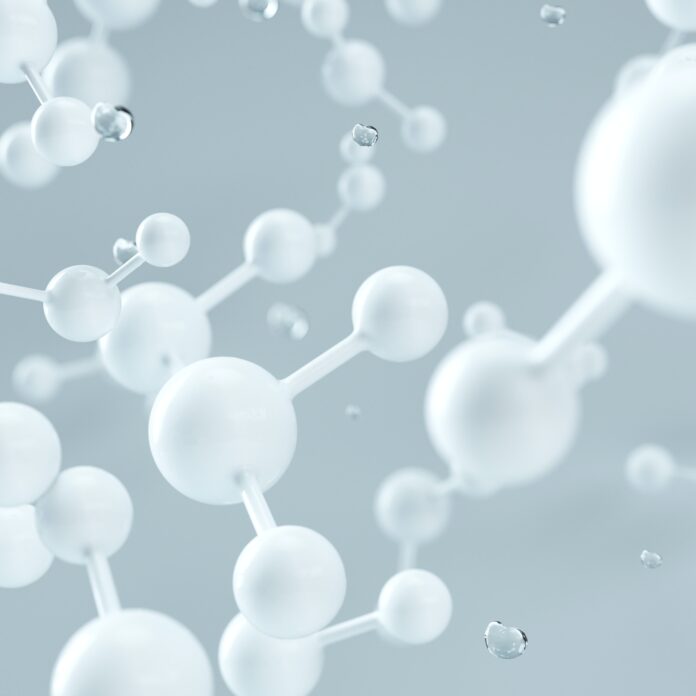Nanotechnology is a field of science and technology that deals with manipulating matter at the nanoscale level, typically involving structures or devices with dimensions less than 100 nanometers. This multidisciplinary field encompasses various branches of science, such as physics, chemistry, biology, and engineering, and holds immense promise for advancements in numerous industries and applications. The prefix “nano” refers to one billionth of a meter, highlighting the minuscule scale at which nanotechnology operates.
Nanotechnology has garnered significant attention and interest due to its potential to revolutionize a wide range of fields, including medicine, electronics, energy, materials science, and environmental sustainability. By working at the atomic and molecular level, researchers can engineer and manipulate materials with enhanced properties and functionalities, leading to breakthroughs in various sectors. Nanotechnology enables scientists to precisely control the properties of matter, enabling the creation of new materials with improved characteristics.
One of the key aspects of nanotechnology is the ability to control and manipulate matter at the nanoscale. At this scale, the behavior of materials can significantly differ from their bulk counterparts. For instance, materials may exhibit novel electrical, optical, magnetic, or mechanical properties due to quantum effects and increased surface-to-volume ratios. This fundamental understanding and control over matter at the nanoscale provide opportunities for developing innovative materials and devices with superior performance and functionality.
Nanotechnology encompasses two main approaches: “bottom-up” and “top-down” techniques. The bottom-up approach involves building structures and devices by assembling individual atoms or molecules. This method relies on self-assembly, where the designed components spontaneously arrange themselves into the desired structure. Bottom-up techniques include molecular self-assembly, chemical synthesis, and biological methods. In contrast, the top-down approach involves manipulating and modifying larger structures by gradually reducing their size. This method includes techniques like lithography, etching, and deposition, which are commonly used in the semiconductor industry.
Nanotechnology has made significant contributions to various fields, and one of its most prominent applications is in the field of medicine. Nanomedicine, a branch of nanotechnology, focuses on the development of innovative techniques for diagnostics, drug delivery, and therapeutics. Nanoparticles, with their unique properties, can be engineered to selectively target specific cells or tissues, enabling precise drug delivery and reducing side effects. They can also be used as imaging agents to enhance medical diagnostics, providing detailed information about diseases at the molecular level. Additionally, nanotechnology plays a crucial role in tissue engineering, where nanoscale scaffolds can be used to regenerate damaged tissues and organs.
In the electronics industry, nanotechnology has opened up new possibilities for miniaturization and improved performance of devices. As electronic components continue to shrink, nanoscale materials and structures are being incorporated into electronic devices to enhance their efficiency and functionality. Nanoelectronics involves the study and utilization of nanomaterials, such as carbon nanotubes and nanowires, for the development of ultra-small transistors, memory devices, and sensors. These nanoscale components exhibit unique electrical properties that can enable faster and more energy-efficient electronics.
Energy is another area where nanotechnology has the potential to make a significant impact. With the increasing demand for clean and sustainable energy sources, nanotechnology offers solutions for improving energy generation, storage, and conservation. For instance, nanomaterials can enhance the efficiency of solar cells by capturing a broader range of sunlight and converting it into electricity. Similarly, nanotechnology can improve the performance of batteries and fuel cells by enhancing their energy storage and conversion capabilities. Furthermore, nanotechnology plays a vital role in developing energy-efficient materials for insulation, lighting, and heat transfer, contributing to overall energy conservation.
The field of materials science has also greatly benefited from nanotechnology. By manipulating materials at the nanoscale, researchers can tailor their properties to meet specific requirements. Nanomaterials exhibit enhanced strength, flexibility, and reactivity compared to their bulk counterparts, making them suitable for various applications. For example, nanoparticles can be incorporated into coatings to provide enhanced durability and resistance to corrosion. Nanocomposites, which consist of nanoscale reinforcements embedded in a matrix material, exhibit superior mechanical and thermal properties, making them valuable for aerospace, automotive, and construction industries.
Nanotechnology’s impact on environmental sustainability is also noteworthy. It offers solutions for addressing environmental challenges such as water purification, pollution control, and waste management. Nanomaterials can be used as efficient catalysts for chemical reactions, enabling the development of environmentally friendly processes. Nanosensors can detect and monitor pollutants in real-time, aiding in the prevention and mitigation of environmental hazards. Additionally, nanotechnology-based filtration systems can remove contaminants from water and air, providing cleaner and safer environments.
Nanotechnology’s impact on the medical field extends beyond drug delivery and diagnostics. It has also paved the way for significant advancements in imaging techniques. Nanoscale imaging tools offer unprecedented resolution and sensitivity, allowing researchers and clinicians to visualize biological structures and processes at the molecular level. For example, quantum dots, which are semiconductor nanoparticles, can be used as fluorescent probes for labeling specific molecules or cells in biological samples. This enables precise tracking and imaging of cellular processes, aiding in the understanding of diseases and the development of targeted therapies.
Furthermore, nanotechnology has played a crucial role in the development of biosensors and diagnostic devices. Nanosensors can detect and analyze various biological molecules, such as proteins, DNA, and pathogens, with high sensitivity and specificity. These nanoscale devices can be integrated into portable and point-of-care diagnostic platforms, enabling rapid and accurate detection of diseases. Nanotechnology-based biosensors have the potential to revolutionize healthcare by enabling early disease detection, monitoring treatment response, and facilitating personalized medicine.
Apart from medicine, nanotechnology has transformed the field of agriculture and food science. Nanoscale materials and technologies have been utilized to improve crop production, enhance food safety, and extend the shelf life of perishable goods. Nanoparticles can be employed as delivery systems for fertilizers, pesticides, and growth regulators, ensuring targeted and controlled release of these substances to plants. This approach reduces the overall use of agrochemicals and minimizes their impact on the environment. Nanosensors can also be utilized to monitor soil conditions, plant health, and water quality, aiding in precision agriculture practices.
In the realm of consumer products, nanotechnology has led to the development of innovative materials with improved properties. Nanocoatings, for instance, offer enhanced scratch resistance, water repellency, and antimicrobial properties. These coatings find applications in various industries, including automotive, electronics, textiles, and construction. Nanoparticles can also be incorporated into packaging materials to enhance food preservation and reduce waste. Furthermore, nanotechnology has enabled the production of lightweight and high-strength materials, leading to advancements in the aerospace and automotive sectors.
As with any emerging technology, nanotechnology also raises concerns regarding its potential impact on health and the environment. The unique properties exhibited by nanoscale materials may pose unknown risks when released into the environment or when in contact with living organisms. Therefore, extensive research is being conducted to understand the toxicity and long-term effects of nanoparticles. Regulatory agencies and organizations are actively working to establish guidelines and standards to ensure the safe and responsible development and use of nanotechnology.
In conclusion, nanotechnology has emerged as a transformative field with far-reaching implications in numerous sectors. Its ability to manipulate matter at the nanoscale opens up new avenues for innovation, leading to advancements in medicine, electronics, energy, materials science, and environmental sustainability. The precise control over materials and devices at the nanoscale allows for the creation of novel functionalities and improved performance. However, it is crucial to continue research into the potential risks and ethical considerations associated with nanotechnology, ensuring its safe and responsible integration into our society. With ongoing advancements and discoveries, nanotechnology holds the promise of revolutionizing industries, improving healthcare outcomes, and addressing global challenges in the years to come.














